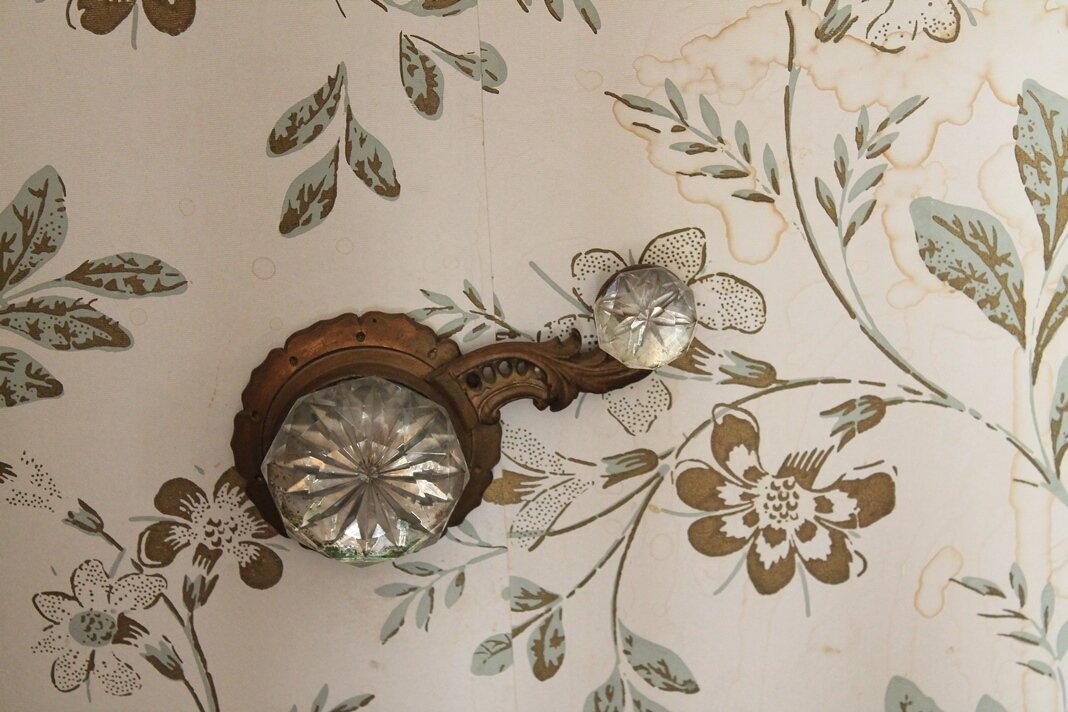Canna House: an Unparalleled Archive in the Inner Hebrides
The Isle of Canna, located to the north-west of Rum in the Inner Hebrides, is owned by the National Trust for Scotland after the owners of the island – John Lorne Campbell – transferred ownership of the island to the National Trust for Scotland in 1981. John Lorne Campbell and his wife Margaret Fay Shaw were both fascinated by folklore and ancient culture and language, especially Gaelic, and during their lifetimes collected – and indeed created - an enormous amount of information of historical importance. Their archive still resides in Canna House, a country home situated a stone’s throw from the harbour at Canna and set within its own gardens. It was built by David McNeill in the 1860s, and was sold (along with the rest of the island) to the Thom family in the 1880s. The Thoms extended the house with a family room to the east and also built another house, Tighard, to the north-west. Tighard now serves as the only guest house on the island. The Campbells purchased the house and island in the 1930s and soon used it as their base and archive store for all their works accumulated throughout their lifetime. Today, it is not only the house that is a valuable asset to the island, but the archives within.
The National Trust for Scotland’s commitment to establishing the ongoing protections and care of the house and its contents began in earnest in 2015, and AOC was commissioned to undertake a baseline survey of the building and its grounds. In October 2015, AOC’s Diana Sproat and Gemma Hudson undertook a detailed historic building survey, which has included a 3D laser scan survey of both the exterior and interior of the house, together with a detailed written analysis of the house and its fixtures and fittings and a detailed photographic survey. The 3D scan has enabled us to produce full floor plans, sections, interior elevations and external elevations (above), as well as a general topographical survey of the house and grounds to allow conservation architects to complete a condition survey and inform the future conservation of the building. Many early features have survived in the building, including original servants’ calling bells to the sides of the fireplaces in the main reception rooms and many early gas fittings and lamps (above, centre and right) that have survived throughout the main house.



